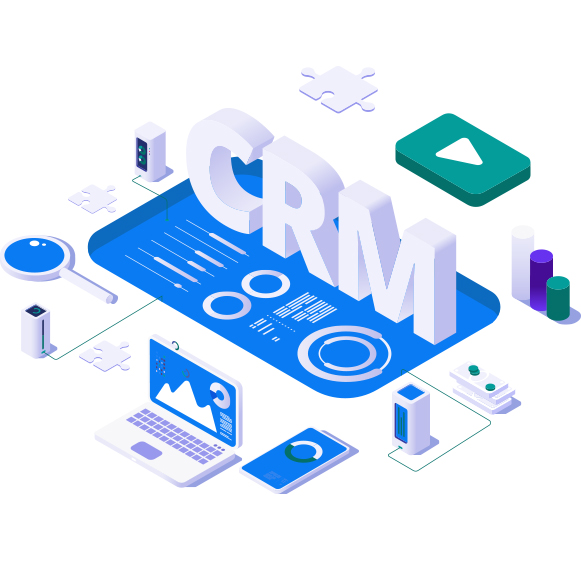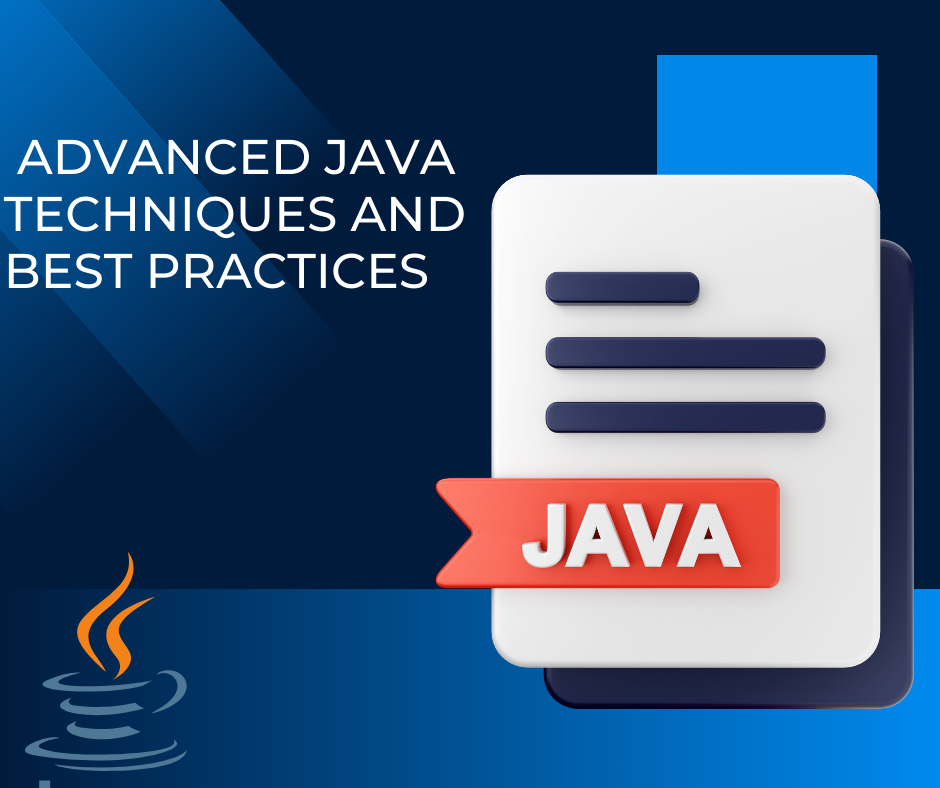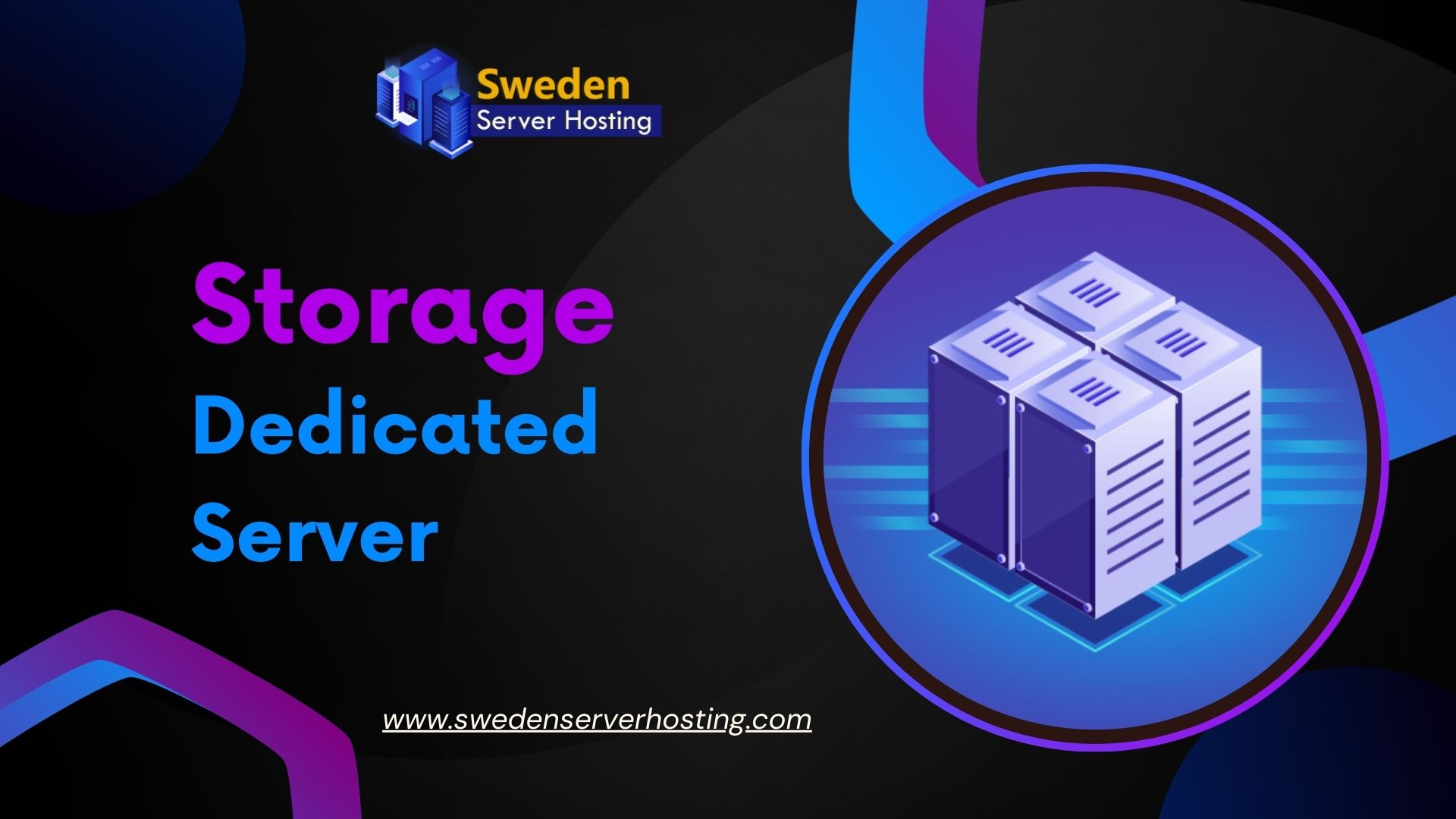In today’s rapidly evolving business landscape, the ability to adapt and respond to changing customer needs is paramount. Traditional software development methodologies often struggle to keep pace, which is where Agile CRM development steps in. In this comprehensive guide, we’ll take you through the steps of Agile CRM development, explaining the principles and best practices that can help you create a dynamic, customer-centric CRM system.
Step 1: Define Clear Objectives
The first step in Agile CRM development is to define clear objectives. What are your business goals? What do you aim to achieve with your CRM system? These objectives should be specific, measurable, achievable, relevant, and time-bound (SMART).
Step 2: Build a Cross-Functional Team
Agile development relies on cross-functional teams that bring together expertise from various areas. Your team should include developers, designers, business analysts, and, most importantly, key stakeholders from different departments. Collaboration is key in Agile development.
Step 3: Create a Product Backlog
A product backlog is a prioritized list of features, functionalities, and improvements for your CRM system. Each item on the backlog should have a clear description, acceptance criteria, and an estimated level of effort. This backlog will evolve as the project progresses.
Step 4: Sprint Planning
Agile development is divided into time-bound cycles known as sprints. During sprint planning, the team selects a set of backlog items to work on during the upcoming sprint. These items are broken down into smaller, manageable tasks.
Step 5: Daily Stand-Ups
Regular communication is essential in Agile CRM development. Daily stand-up meetings, typically lasting 15 minutes, keep the team updated on progress and any roadblocks. Team members share what they’ve accomplished, what they plan to do, and any issues they’re facing.
Step 6: Continuous Development and Testing
During the sprint, developers work on their assigned tasks, while testers continuously test the code. This iterative process ensures that issues are identified and resolved early in the development cycle, reducing the risk of late-stage problems.
Step 7: Sprint Review and Retrospective
At the end of each sprint, the team holds a review to demonstrate what they’ve accomplished to stakeholders. This allows for feedback and adjustments. After the review, a retrospective is held to evaluate what went well and what can be improved in the next sprint.
Step 8: Adapt and Repeat
Agile development is an iterative process. After the first sprint, you adapt to the feedback and lessons learned and begin the next sprint. This cycle continues until you have a fully functional CRM system that meets your defined objectives.
Benefits of Agile CRM Development
Flexibility: Agile development allows for flexibility in changing requirements and priorities as customer needs evolve.
Faster Time-to-Market: With shorter development cycles, you can get new features and updates to your CRM system faster.
Customer-Centric: Agile places a strong emphasis on customer feedback, ensuring that your CRM system is aligned with customer expectations.
Reduced Risk: Continuous testing and review processes reduce the risk of discovering critical issues late in the development cycle.
Challenges of Agile CRM Development
Resource Allocation: Maintaining a cross-functional team can be resource-intensive.
Scope Creep: The flexibility of Agile can sometimes lead to scope creep if objectives are not clearly defined.
Stakeholder Involvement: Active participation of stakeholders is crucial, and their availability can be a challenge.
Conclusion
Agile CRM development is a powerful approach to building a CRM system that can evolve with your business and customer needs. By defining clear objectives, creating cross-functional teams, and following the iterative sprint cycle, you can create a customer-centric CRM system that keeps your business at the forefront of the industry. Embracing the principles and practices of Agile development can help you stay competitive and adapt to the ever-changing business landscape.
Lucentasolutions CRM and ERP development solutions are extensively designed as per the client needs. There are various customizations available as per the business module. You will get the most value-added features from our CRM & ERP solutions.
Our tools help any business develop their growth within a short span. It gives you a direct approach with the customer and an easy to manage flow with the working.






